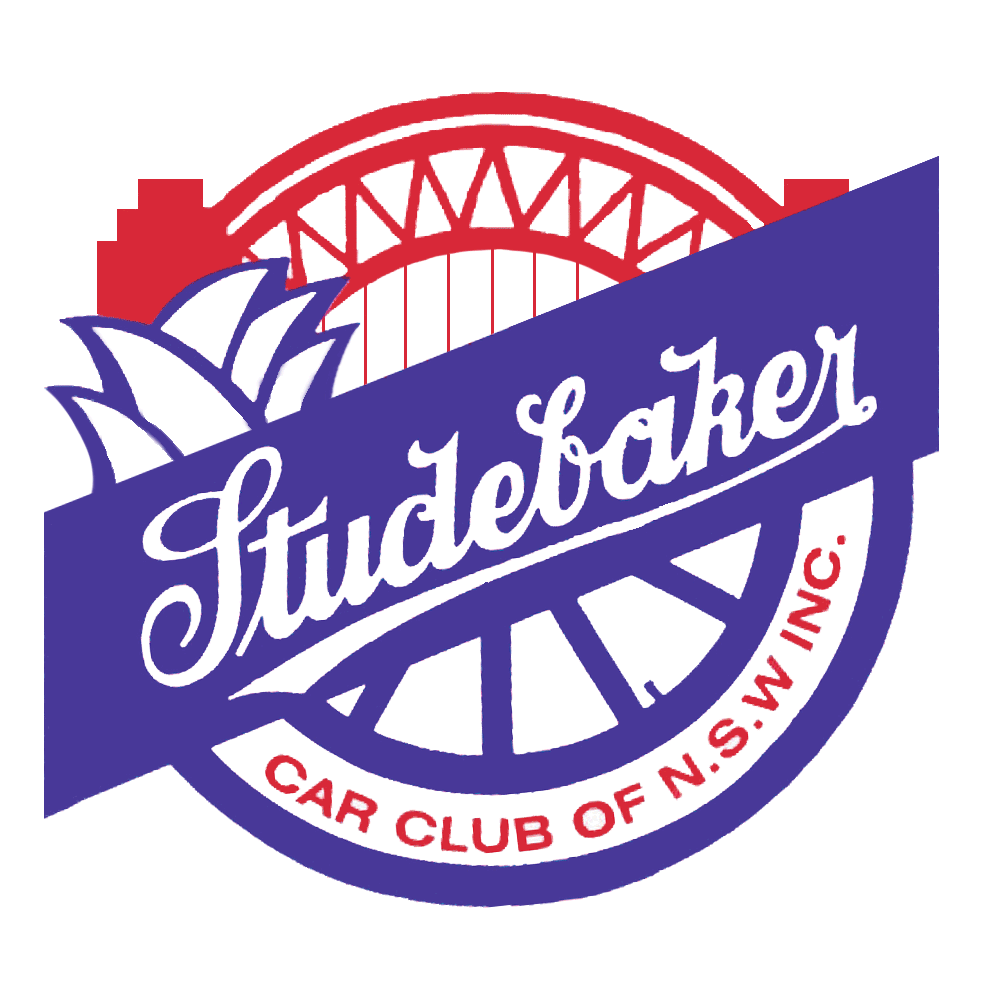 |
Studebaker
Car
Club Of
|
|
Workshop
|
|
Brakes.
|
|
Brake Lines and Fittings Steve K. 28th April 2010
Where do you get brake lines (pipe) and flare nuts these days? I needed to repair the right rear brake line on my '63 Cruiser, and tried the obvious automotive spare parts outlets, plus a few brake specialists without success. I could get tube but not the correct size.
Eventually I ventured into my local Pirtek outlet, and was pleasantly surprised to find out they were able to supply the tube and fittings;
Tube - P/N #BUT-03, 3/16" Copper Coated Steel Bundy Tube @ $8.43/m Fitting - P/N Z01058-S03, No. 58S 3/16 St Inverted Fl Nut @ $1.20ea Prices may vary, but that's what I paid at the time.
You could use your old flare nuts if need be, but for the low cost of new ones, why would you?
For a total cost of $13.77, Pirtek supplied two flare nuts, 1.2m length of straight tube and flared one end for the nut to lock on, I then took the tube home, roughly bent the tube to fit, then screwed the tube to the wheel cylinder with the fitting, then finally bent and fitted the tube and cutting it to length, so as to mate up with the 3 way block. Once I had the tube fitting nice and snug and running along the top of the diff tube, I unscrewed the tube from the wheel cylinder, went back to Pirtek and they flared the other end for me. Took it home, and it fitted like a glove. For the second flare, you need to leave at least 80mm of straight tube for the flaring tool to grip properly. Make sure you fit the second flare nut, and the correct way round before getting the second flaring done.
When bending the tube, do not make tight or sharp bends, as this may 'kink' the tube which will reduce the capacity of the tube, and it may also cause a crack in the tube wall that would leak. Take your time and make many small bends testing the fit frequently. I did this by hand, but was very careful not to kink the tube. It maybe easier if you use a tube bender, if you have one.
When working on brakes, keep all brake parts clean, and ensure that no foreign matter is allowed to get into the brake lines. Once you have completed the repair, bleed the brakes, and test that all joins are secure with no leaks.
Thank you Pirtek at Milperra. Other specialist hydraulic hose/pipe specialists should also be able to provide these items.
|
|
Disclaimer Information presented here is a suggestion only, and not necessarily intended to be the correct or only way to carry out a repair. If you choose to use this information, you do so at your own risk The SCCNSW, and/or it's members, will not be held accountable for problems that may occur as a result of using this information. |
| * * |